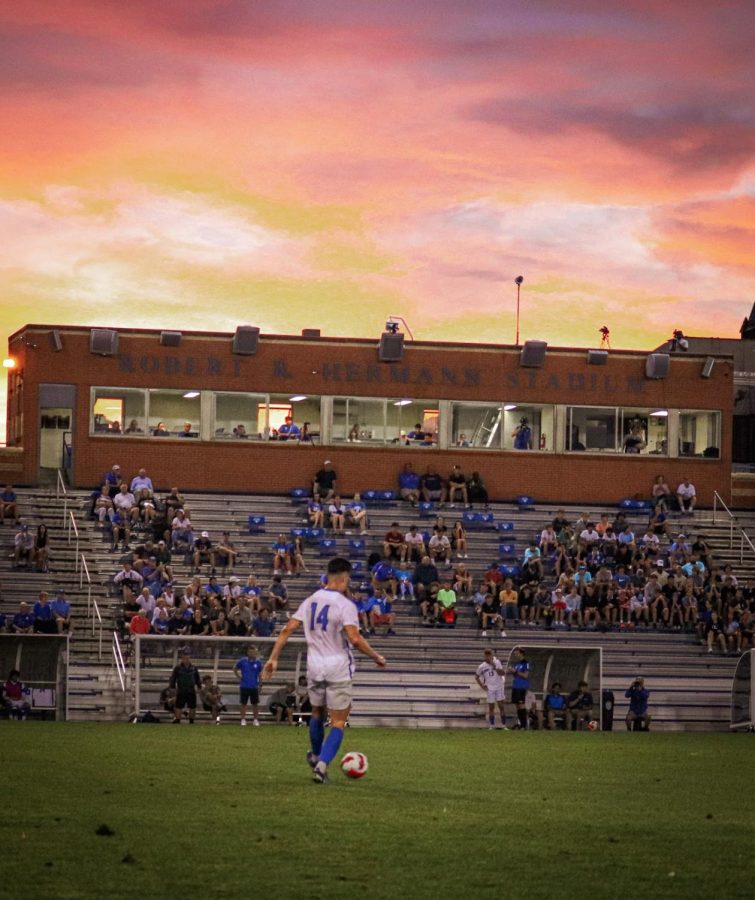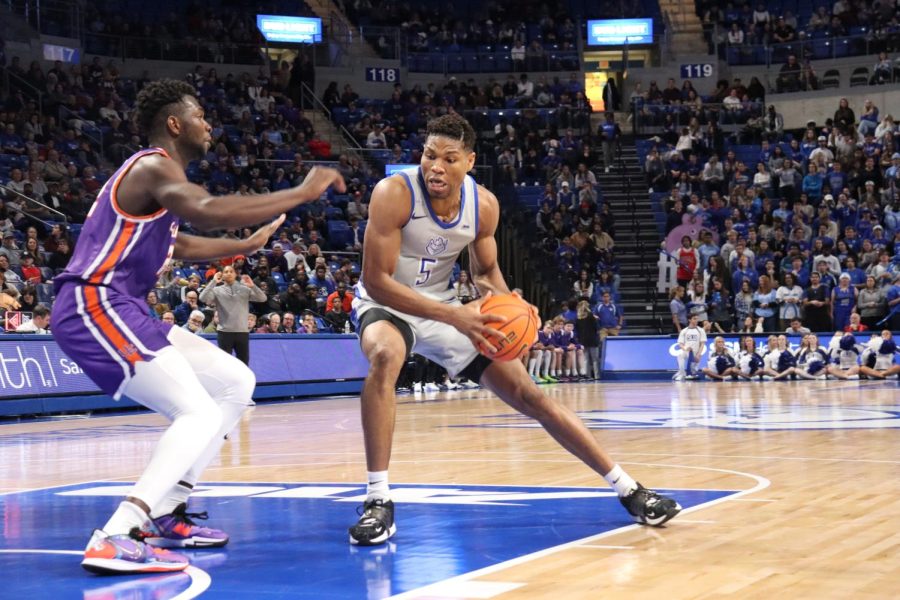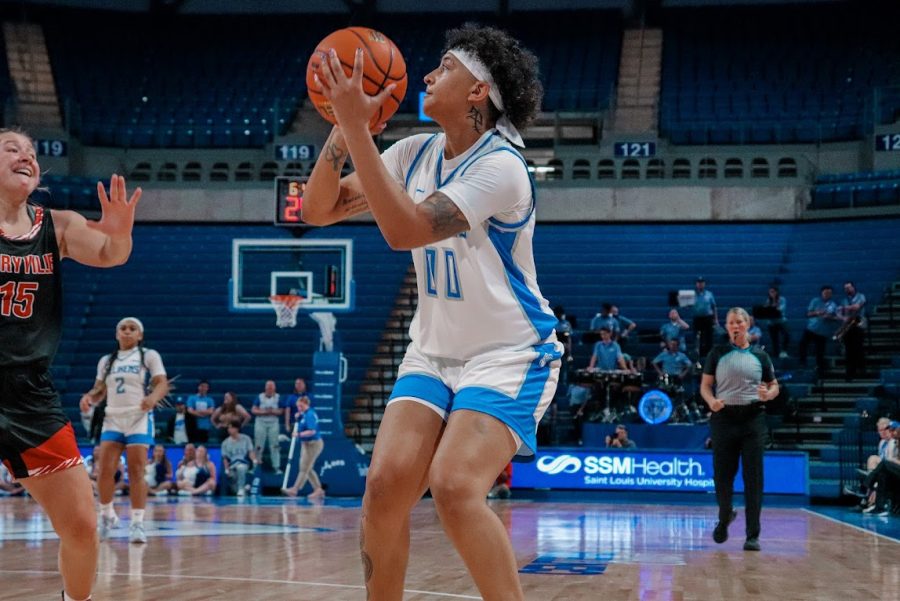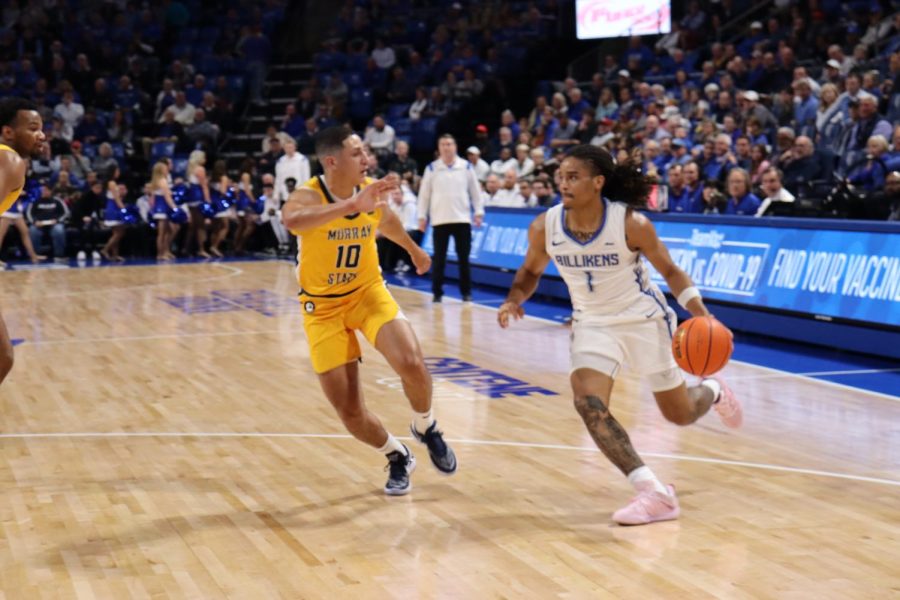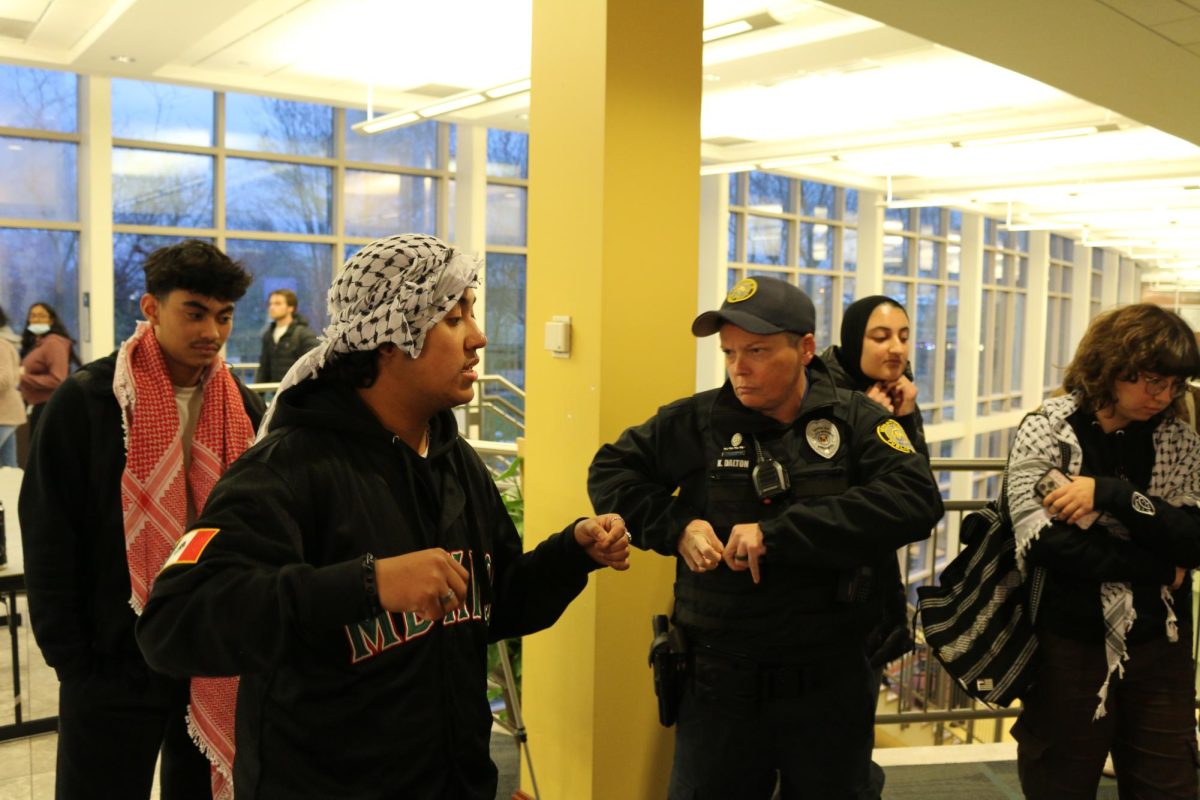
Bri Radici / Design Director
Did you miss the white smoke over the Sistine Chapel announcing that there had been a new pope elected? Have no fear. The Vatican tweeted “Habemus Papam” mere seconds after the smoke began to billow. The Holy See even announced the name of the new pope, Francis, to the world via their official Twitter page.
It’s all part of the changing role of media and how people gather their news, as the world becomes more connected and more technological than ever.
Here at Saint Louis University, the Billiken Readership Program is in place to reverse that trend and encourage students to pick up a physical paper and educate themselves. According to Student Government Association Vice President of Academic Affairs Richard Joubert, the slogan of the program is to “get caught reading.”
The Billiken Readership Program is part of the USA Today Collegiate Readership Program, a nationwide goal of promoting civic literacy and global awareness on campus through daily exposure to the news. It offers students Monday through Friday editions of USA Today, St. Louis Post-Dispatch and The New York Times.
At SLU, students are charged $2.50 to their tuition to finance the program. Joubert said the University collects about $72,000 a year to pay for the papers delivered.
“We try to match the delivery to readership,” Joubert said. “Last fall, over 54,000 papers were picked up. Of course, we’ll order more for big events, like presidential elections.”
Statistics show that USA Today is the most read paper on campus through the program, followed by the Post-Dispatch and The New York Times. Executives at The New York Times are hoping to increase their readership on college campuses, which has led to an expansion of the Billiken Readership Program this semester.
According to a Pew Research study, just 23 percent of Americans read a newspaper in its physical form. That’s an 18 percent decrease in just 10 years, as use of digital news resources has soared. Currently, 55 percent of the readers of The New York Times do so on their computer, tablet or smart phone. To tap into that potential, SLU students now have 24-hour access to The New York Times digital edition and archives.
To access the content, students go to www.nytimes.com/academicpasses and create an account with their SLU email. Each day, 250 passes are available, and each pass gives the user 24 hours of access. They must then reapply for a new pass.
Passes cover the mobile site on the iPhone, Windows Phone, and Android. Additionally, the NYTimes app for the iPad is covered through the program. SGA is encouraging professors to use the new feature in the classroom. The program may expand, Joubert said, but “everything depends on readership.”
“If more students pick up the Times each day, we will receive more passes,” he said.
The decline in readership has proved a major challenge for newspapers across the nation. The Newspapers Association of America reported that advertisement revenue for print papers fell about $1.5 billion, or 7.3 percent. The advent of Twitter and Facebook has allowed people to share news more rapidly than ever – making it even more difficult for newspapers to remain relevant.
While newspapers have spent years competing with television, now writers, like Nate Latsch of stlhighschoolsports.com, must find creative ways to engage the readership. Latsch, who has also written online for Fox Sports and whose work is published in the Post-Dispatch, said the competition pushes writers to get there first, then develop the story.
“In the past, with newspapers, you would have more time to search out and develop stories,” Latsch said. “Now, the time frames are shortened. You have to get the news out online as soon as you can, while also trying to develop the information and advance it for publication in the newspaper the next day.”
Latsch often covers afternoon or evening sporting events as well as college recruitment stories. The nature of his job is that anyone with a blog or a Twitter can do the same thing that he does even if they are not professional journalists.
“One of the drawbacks to social media, especially Twitter, is how it kind of speeds up the 24-hour news cycle,” Latsch said. “Because there are so many more media outlets online covering the same thing, you have to work to do it better than the competition and give the online consumers [something special].”




